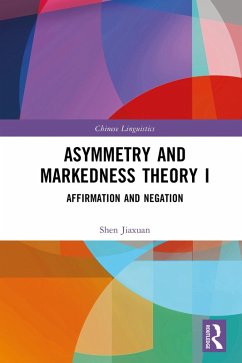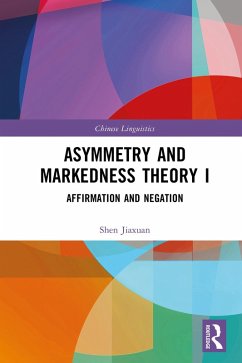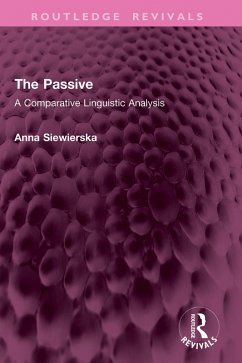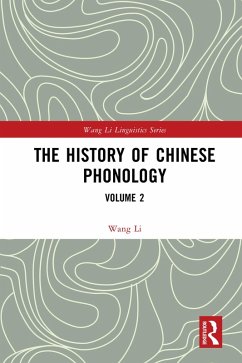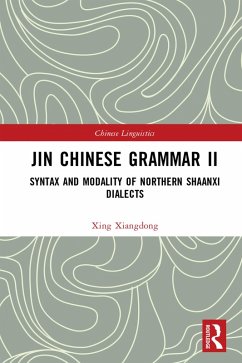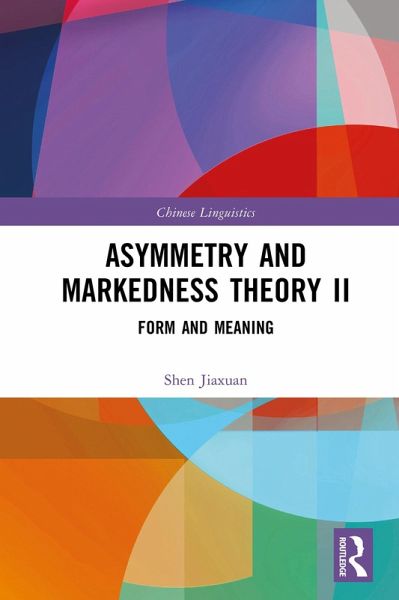
Asymmetry and Markedness Theory II (eBook, PDF)
Form and Meaning
Versandkostenfrei!
Sofort per Download lieferbar
43,95 €
inkl. MwSt.
Weitere Ausgaben:

PAYBACK Punkte
22 °P sammeln!
This second volume examines asymmetry in language by focusing on how linguistic form and meaning align or diverge.Building on the concepts introduced in Volume 1, this volume analyzes symmetry and asymmetry in form-meaning relations using examples from antonym pairs, subject-object contrasts, and the markedness patterns of adjectives. It integrates several linguistic levels, emphasizing how functional and cognitive factors drive these phenomena. The concluding discussion posits that asymmetry persists as a core feature of language, whereas symmetry is conditional and transient.This volume will...
This second volume examines asymmetry in language by focusing on how linguistic form and meaning align or diverge.
Building on the concepts introduced in Volume 1, this volume analyzes symmetry and asymmetry in form-meaning relations using examples from antonym pairs, subject-object contrasts, and the markedness patterns of adjectives. It integrates several linguistic levels, emphasizing how functional and cognitive factors drive these phenomena. The concluding discussion posits that asymmetry persists as a core feature of language, whereas symmetry is conditional and transient.
This volume will appeal to linguists, language educators, and anyone seeking deeper insights into linguistic structure and function, particularly in Chinese linguistics, markedness research, and comparative language studies.
Building on the concepts introduced in Volume 1, this volume analyzes symmetry and asymmetry in form-meaning relations using examples from antonym pairs, subject-object contrasts, and the markedness patterns of adjectives. It integrates several linguistic levels, emphasizing how functional and cognitive factors drive these phenomena. The concluding discussion posits that asymmetry persists as a core feature of language, whereas symmetry is conditional and transient.
This volume will appeal to linguists, language educators, and anyone seeking deeper insights into linguistic structure and function, particularly in Chinese linguistics, markedness research, and comparative language studies.
Dieser Download kann aus rechtlichen Gründen nur mit Rechnungsadresse in A, B, BG, CY, CZ, D, DK, EW, E, FIN, F, GR, HR, H, IRL, I, LT, L, LR, M, NL, PL, P, R, S, SLO, SK ausgeliefert werden.




